Applying a Reflective model to discuss an action
What
My action plan, Week 3 and 4 were set aside for creating good leadership and first positive impressions for engaging work ethics among the students. Group work can be an extrinsic factor for motivation hence I paired students up. During this same period, some identified digital collaborative tools that could enhance student motivation were trialled. Padlet, Kahoot, Google suite and google classroom. In recent times, google classroom has become the usual go to place for work samples, class tasks, homework, weekly planner and what have you. The school’s year goal is to improve classroom engagement and identified a digital tool called PearDeck. Subsequently the school has bought a premium licence of PearDeck for all teachers to use. I was amazed when I first used PearDeck and It is a promising tool to improve engagement and active learning in the classroom.
So What
PearDeck is unique and great as an add-on tool to google slides. It is capable of making a teacher get a 100% engagement in the sense that it provides a platform to engage all students in an activity. Some shy students usually fail to contribute because they don’t want to be put on the spot and for such students, PearDeck is awesome because it makes them present their answers and contributions anonymously. The teacher could then project such contributions on the board for further discussion and refinement. One other feature of Pear Deck is that it can organise individual student’s contributions and save in google drive and google classroom. With the premium version, the teacher’s dashboard provides a platform to analyse each student’s contribution as well as provide information to the teacher, students who might be struggling with their work for prompt assistance.
Now What
Using this I had 100% contribution including the students who are usually shy to raise their voices in class to answer questions. Since this gives anonymity to students they feel safe and comfortable to present and contribute their views freely, I am convinced that continuing to use PearDeck is going to help increase engagement. It can also be used as a diagnostic tool to sample what students know about topics, which students have weak knowledge and will need supporting. Apart from the provision for the teacher to control the sequence of the slides, it can be set to run at student’s own pace which is good in the sense that it gives students more thinking time. There is no learning curve for the students as they are already familiar with google slides and similar programs like Kahoot. They can also work in groups (Active Learning- Pear Deck, 2019).
Issues needed to be considered if this action is to be successful
Pear Deck does not have a reward system like Kahoot. Research has it that rewards systems tap into extrinsic motivation of students (Hoffman, Huff, Patterson & Nietfield, 2009).
The good news is that my school has paid for a premium subscription for all teachers this year. That said, it is still a very great tool that can be used for formative and summative assessment. To use such a great tool comes with a price. The free version does not offer you the teacher’s dashboard that makes you monitor in real-time which students are struggling and might need your support.
An Individual teacher’s subscription is about $145 and accounts cannot be shared because it is linked to a person’s google email and drive. The best scenario for sustainability will be a school wide scenario where the school continues to subscribe for teachers.


 Teachers ViewPoint
Teachers ViewPoint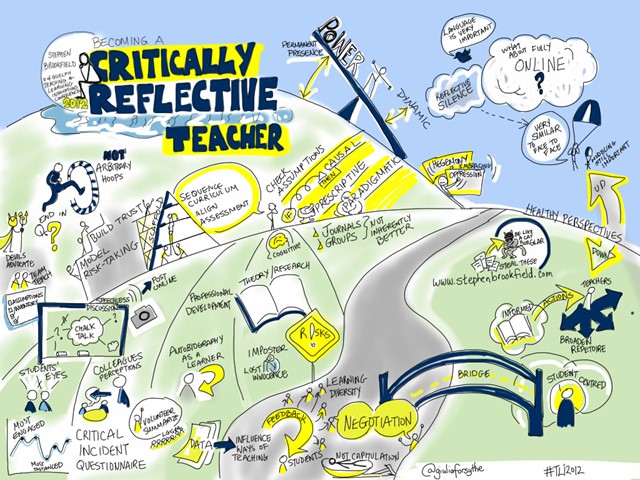
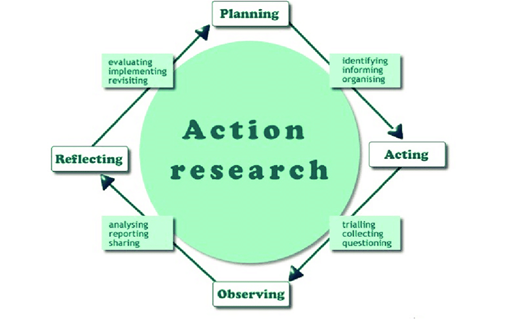
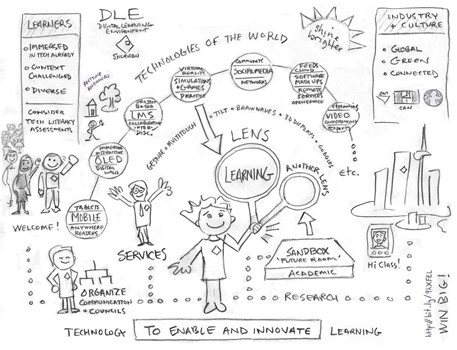
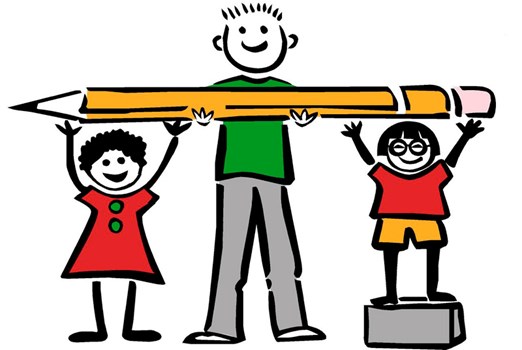
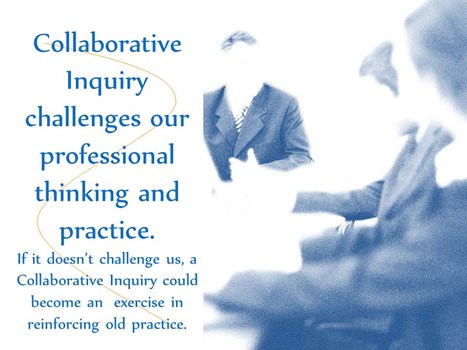
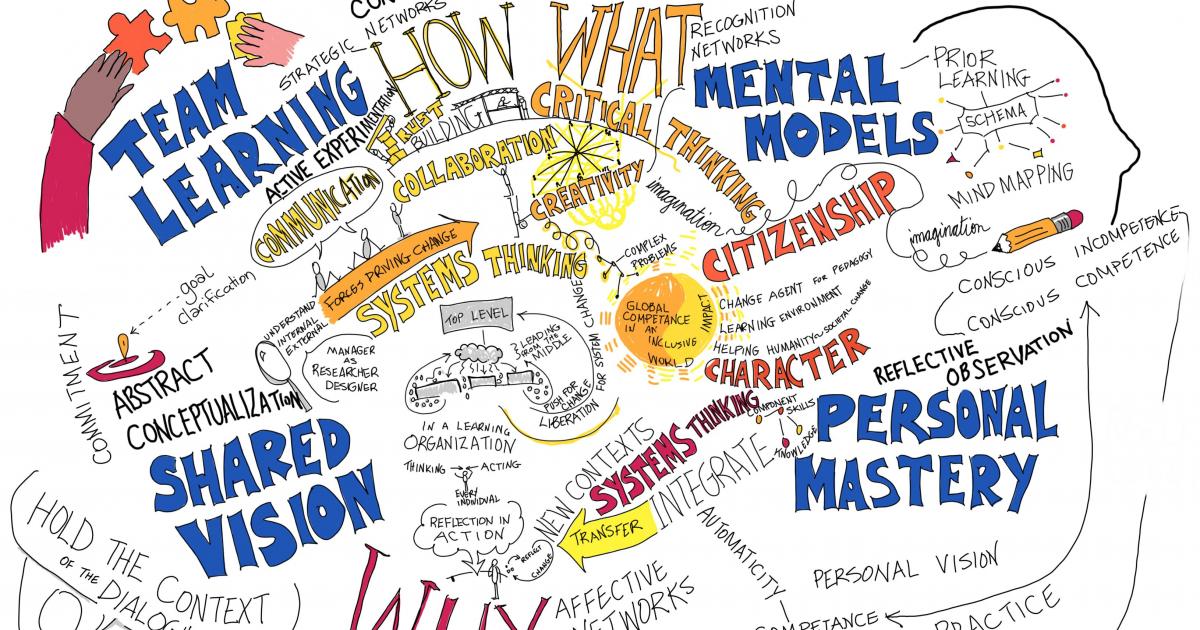
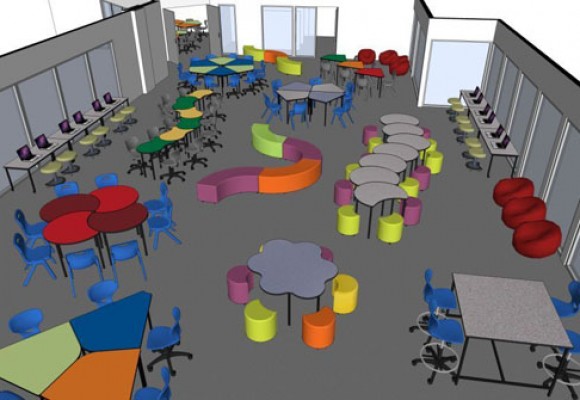
Please log in to post a comment.
0 Comments